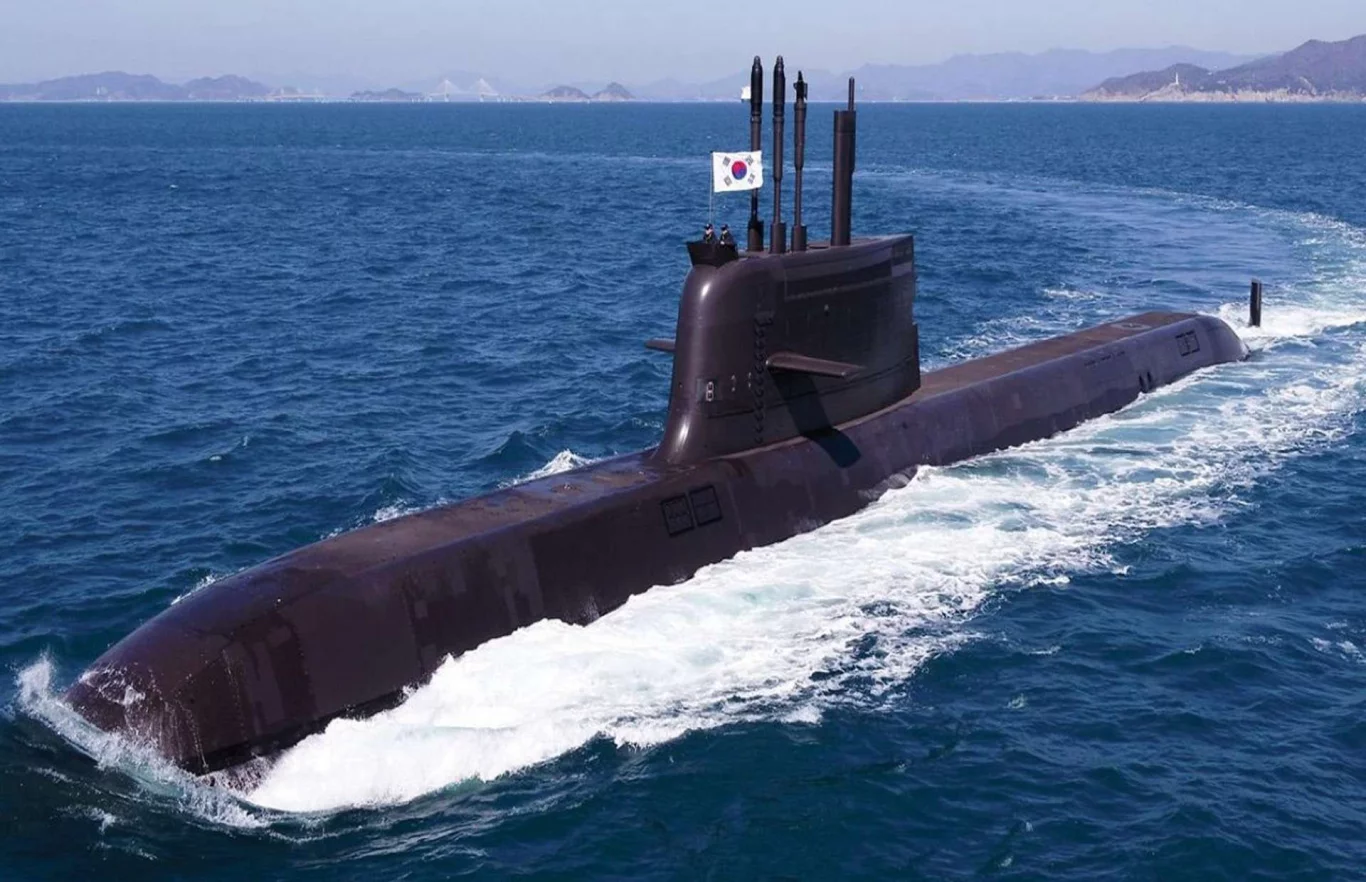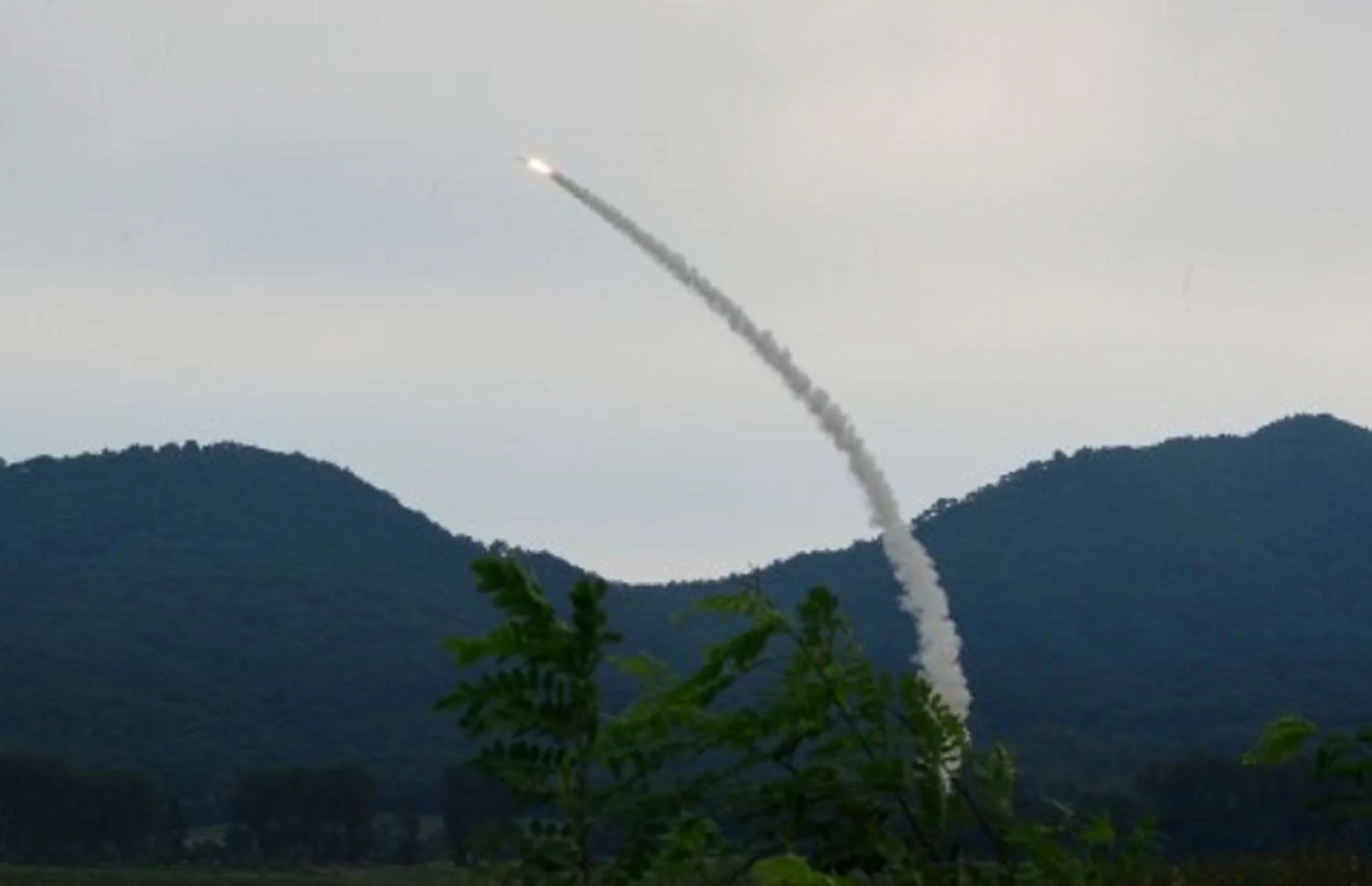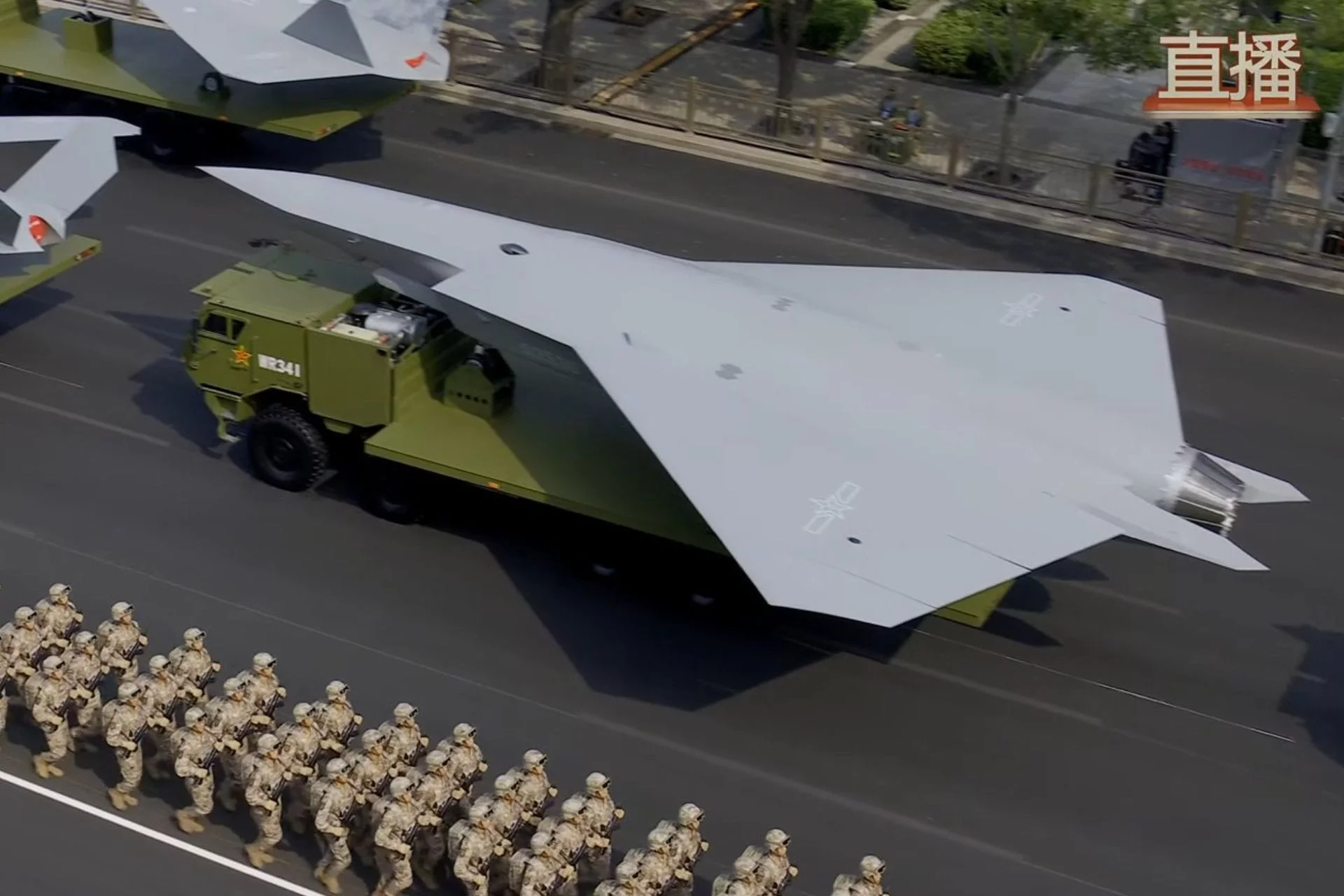The strategic landscape of the Indo-Pacific is constantly evolving, with nations in the region consistently seeking to bolster their defense capabilities and safeguard their vital maritime interests. In a development that could significantly alter the balance of naval power in Southeast Asia, South Korea is reportedly in advanced discussions to supply the Philippines with its state-of-the-art KSS-III (Jangbogo-III) attack submarines. This potential acquisition is not merely a transaction; it represents a monumental leap forward for the Philippine Navy’s long-term modernization program and underscores a deepening strategic partnership between Seoul and Manila.
Elevating the Philippine Navy’s Capabilities
For many years, the Philippine Navy has been diligently working to enhance its operational capabilities. Its focus has been shifting from a largely territorial defense orientation to a more robust force capable of projecting power, protecting its extensive maritime borders, and asserting its sovereignty, particularly within the highly contested waters of the South China Sea. The potential addition of KSS-III submarines would be a transformative event in this ongoing journey.
Presently, the Philippine Navy’s fleet primarily comprises surface combatants and patrol vessels. While these assets are undeniably crucial for coastal defense, maritime surveillance, and anti-piracy operations, the introduction of modern, stealthy, and powerful submarines would inject an entirely new dimension into their naval strategy. Submarines offer unparalleled covert capabilities, enabling discrete intelligence gathering, effective anti-shipping operations, and even the clandestine deployment of special forces. This makes them an exceptionally formidable and versatile deterrent in any naval scenario.
The KSS-III: A Masterpiece of Submarine Engineering
The KSS-III class, also known as the Dosan Ahn Changho-class, stands as the pinnacle of the Republic of Korea Navy’s (ROKN) conventional submarine fleet. These advanced diesel-electric attack submarines are a powerful testament to South Korea’s rapidly growing indigenous defense industry and its unwavering commitment to developing and fielding world-class naval technology.
What precisely makes the KSS-III an exceptionally attractive prospect for nations like the Philippines?
- Unrivaled Stealth Technology: Meticulously designed with an paramount emphasis on achieving exceptionally low acoustic and magnetic signatures, the KSS-III is extraordinarily difficult to detect. This inherent “invisibility” makes it an invaluable strategic asset in a range of naval operations.
- Revolutionary Air-Independent Propulsion (AIP): Equipped with advanced Air-Independent Propulsion (AIP) systems, these submarines possess the remarkable ability to operate submerged for significantly extended durations compared to conventional diesel-electric submarines. This drastically expands their operational range and endurance, reducing the need to surface frequently for battery recharging.
- Diverse and Potent Armament: The KSS-III boasts a highly versatile weapons suite, capable of deploying a variety of armaments including advanced torpedoes, sophisticated anti-ship missiles, and in future variants, potentially even submarine-launched ballistic missiles (SLBMs). It’s important to note that export versions would typically be tailored to the buyer’s specific requirements and adhere to international arms control agreements. The inclusion of vertical launching system (VLS) cells further enhances its capacity for a broader range of offensive ordnance.
- Cutting-Edge Sensors and Integrated Combat Systems: These submarines are outfitted with sophisticated sonar arrays, advanced electronic warfare systems, and a highly integrated combat management system. This comprehensive suite of technology provides the crew with superior situational awareness, enabling them to effectively identify, track, and engage multiple threats concurrently.
- Indigenous Design and Manufacturing Prowess: The fact that these submarines are predominantly designed and manufactured within South Korea highlights the nation’s robust industrial capabilities. This also offers significant advantages to the acquiring nation in terms of long-term maintenance, readily available spare parts, and the potential for technology transfer agreements, fostering deeper cooperation.
Geopolitical Ramifications for the Indo-Pacific
The potential transfer of KSS-III submarines to the Philippines carries profound strategic implications that will resonate across the entire Indo-Pacific region:
- Reshaping the Balance in the South China Sea: The South China Sea continues to be a focal point of complex territorial disputes. By acquiring advanced submarines, the Philippines would significantly bolster its deterrent capabilities. This addition could considerably complicate the strategic calculations of any potential aggressor, contributing to a more stable and potentially less volatile balance of power within these contested maritime zones.
- Solidifying Bilateral Alliances: A high-profile defense agreement of this magnitude would undoubtedly strengthen the strategic partnership between South Korea and the Philippines. Beyond the immediate acquisition of military hardware, such a deal often paves the way for increased joint military exercises, enhanced intelligence sharing, and closer diplomatic cooperation, collectively fostering greater regional security and stability.
- South Korea’s Ascent as a Defense Export Powerhouse: For South Korea, this deal would further solidify its rapidly growing reputation as a major global defense exporter. Following a string of successful exports across various weapon systems, including advanced frigates, fighter jets, and cutting-edge artillery, the KSS-III submarine deal would powerfully demonstrate Seoul’s capacity to export highly complex and high-value naval assets. This not only provides a significant boost to its economy but also substantially expands its geopolitical influence.
- Reflecting a Regional Modernization Trend: This potential acquisition is indicative of a broader and discernible trend among Southeast Asian nations to progressively modernize their navies and strategically invest in submarine capabilities. Countries such as Vietnam, Malaysia, and Singapore already operate or are actively acquiring submarines, universally recognizing their immense strategic value in protecting vital maritime interests and deterring potential aggression. The Philippines potentially joining this exclusive group underscores the rapidly evolving and increasingly sophisticated security landscape of the region.
Overcoming Challenges and Charting the Future
While the prospect of the Philippine Navy operating KSS-III submarines is indeed exciting and promising, it is crucial to acknowledge that several significant challenges lie ahead. Training highly skilled submariners is an exceptionally arduous, time-consuming, and resource-intensive process, demanding substantial investment in human capital and specialized training infrastructure. Furthermore, the long-term maintenance and comprehensive logistical support for such technologically advanced vessels will require considerable resources, technical expertise, and a robust support framework. The financial commitment will extend beyond the initial acquisition cost to encompass the substantial ongoing operational expenses.
Nevertheless, the profound strategic advantages that the KSS-III submarines offer could ultimately far outweigh these inherent challenges. The Philippines’ unwavering commitment to modernizing its armed forces, coupled with South Korea’s proven and rapidly advancing prowess as a leading defense industrial nation, creates a compelling and potent case for this potentially game-changing acquisition.
As these critical discussions continue to unfold, the international community will undoubtedly be watching with keen interest to observe how this pivotal deal progresses. Should it ultimately come to fruition, the KSS-III submarines will not merely signify a new and powerful era for the Philippine Navy but will also stand as a powerful and enduring symbol of deepening regional cooperation and a collective, unwavering commitment to upholding peace and stability in one of the world’s most vital and strategically important waterways.




